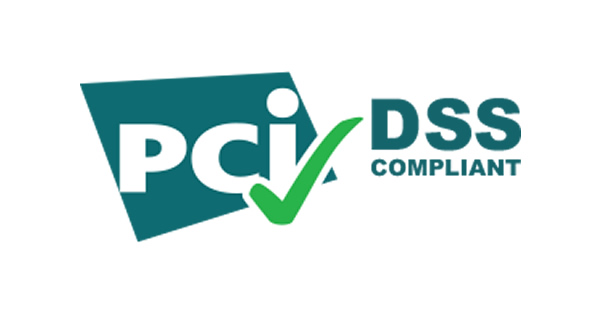Home / Knowledge Base / How to write an Eviction Notice
The real estate industry can create an abundance of legal challenges for landlords. When you determine that you need to evict a tenant, the steps you take will either provide a satisfactory outcome or create more costly problems.
While it may be tempting to just call the tenant and tell them to simply be out in the morning, it’s important to make sure that you’re in full compliance with state and local laws.
An “eviction notice” only starts the process. A consultation with a real estate lawyer can help ensure that you are conducting the eviction properly. Phone consultations and in-person consultations are included in the Business Legal Plan. Learn about the benefits.
A notice of eviction outlines terms in a lease agreement that were violated by the tenant. It communicates to the tenant that they need to vacate the premises by a specified date according to local and state laws.
It further serves as proof that you notified the tenant of the infractions and that they were given ample notice of their pending eviction. The eviction notice can be used as evidence in court if the tenant refuses to leave.
Eviction can be a lengthy and costly legal process. The average cost to evict an tenant is approximately $3,500. An eviction can take as long as 3 to 4 weeks from beginning to end.
Before initiating the eviction process, a carefully drafted letter may be able to save you time and money. An attorney written letter on your behalf is included benefit in the Business Legal Plan.
The types of eviction notices will vary depending on your local laws. Some notices are:
A typical notice of eviction is a three step process. Skipping a step could have a negative impact.
1. Pay or Quit Notice (Cure Notice)
You, the landlord, sends a warning notice to the tenant informing them about their violation of the terms in the lease agreement. The notice provides the tenant an opportunity to cure and resolve the matter.
2. After a Pay or Quit Notice is Served
Once the eviction notice has been served, the tenant will have a specified number of days to get back into compliance with the lease or simply vacate the property. If the tenant does not adhere to the notice within the designated time frame, then a formal eviction can be filed against the tenant in local court.
3. Removal
If you are granted the eviction, the final step is full removal of the tenant and their personal items from the property.
Now, just because you are awarded an eviction, it is critical to understand that you cannot harass or intimidate the tenant. Should the tenant refuse to vacate the premises, then the court can order can be taken to the local law enforcement to aid in the removal of the tenant.
The types of eviction notices will vary depending on your local laws. Some notices are:
Reasons to serve a tenant with an eviction notice generally fall into the following four categories.
It’s possible, but since this is a rare occurrence, how exactly to evict a tenant without a lease agreement can be a challenge. Consulting with a lawyer can help determine which strategy will produce the optimum result. The lawyer will need to know:
The time to serve an eviction notice is generally when the tenant has violated some aspect of the lease agreement. In most cases, a landlord will give the tenant a verbal or written warning (referred to as a cure notice) describing the lease violation.
A cure notice will give the tenant an opportunity to correct the breach. If the tenant fails to comply, then this is when it’s time to serve them with a notice of eviction.
Once you have an eviction letter ready to go, it’s time to have it served to the recipient. Sending the letter via certified mail with a return receipt is the most effective way to deliver a notice of eviction. Next, the eviction notice should be posted in a conspicuous area of the property (e.g. front door, garage door, etc.).
Maybe. Covid-19 has changed the way we perform many traditional actions. However, it depends on the laws in the state of the person you are wanting to serve with an eviction notice.
As a member, you can ask a lawyer if serving a tenant via e-mail is legal in your area.
The first place you do not want to get an eviction notice is from a random website on the Internet. Yes, you will find many websites offering a “free eviction notice template”, but since when is an important legal matter so easily cut and dry as a one-size-fits-all template?
You will first need to consult with a lawyer so that he/she can fully understand the circumstances surrounding the eviction reason. Then, the lawyer can draft the eviction letter based on the specific laws in your state and the causes for eviction.
Phone and in-person consultations are included in the Business Legal Plan.

Once you become a member, you can consult with a lawyer in your area or the area you need assistance with in addition to utilizing all the legal plan benefits.


Share this page

We have successfully offered prepaid legal services to individuals, families, small and large employers for more than 25 years.
All rights reserved.
Stay up-to-date with the latest benefits, legal news and ways to maximize the legal plan.